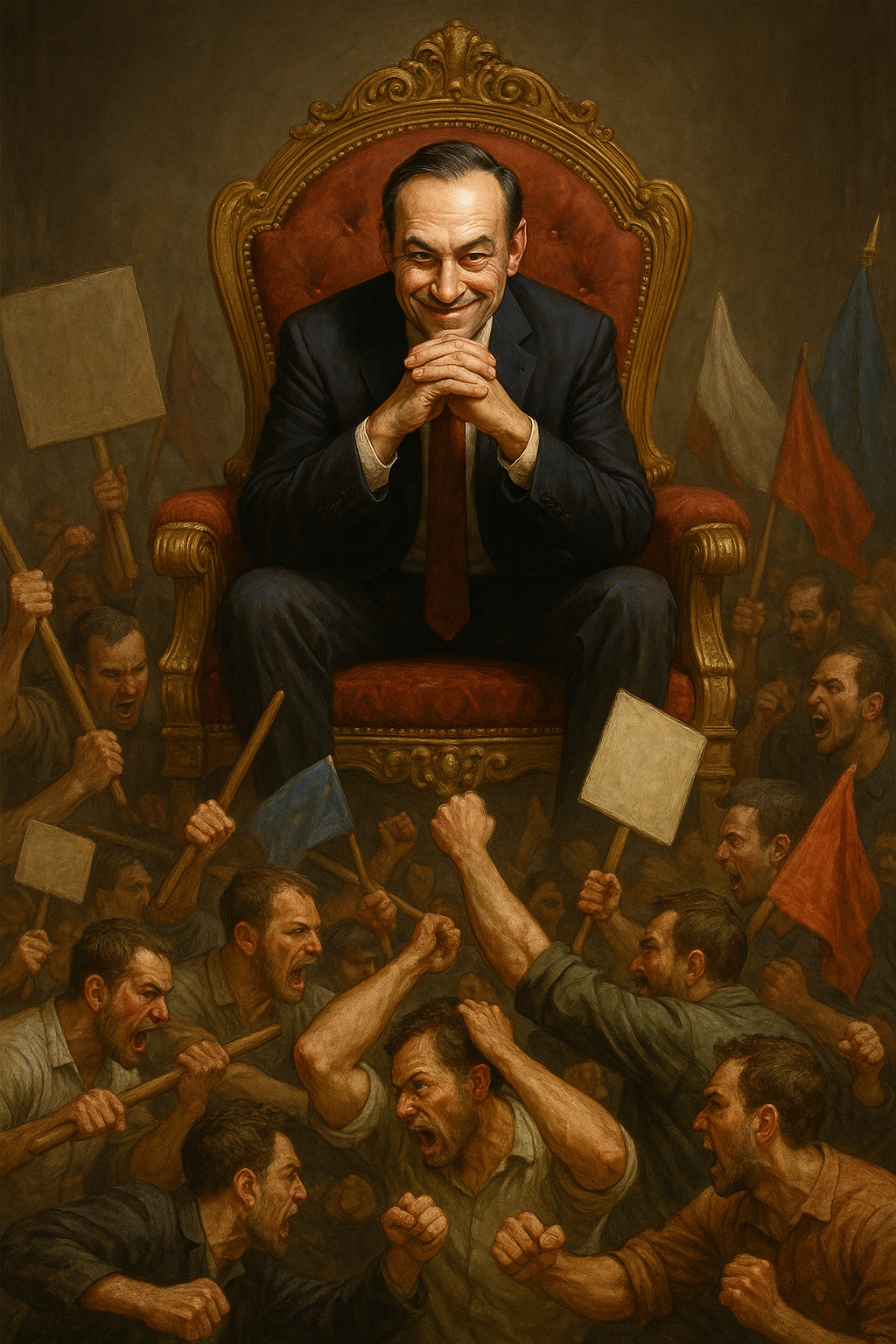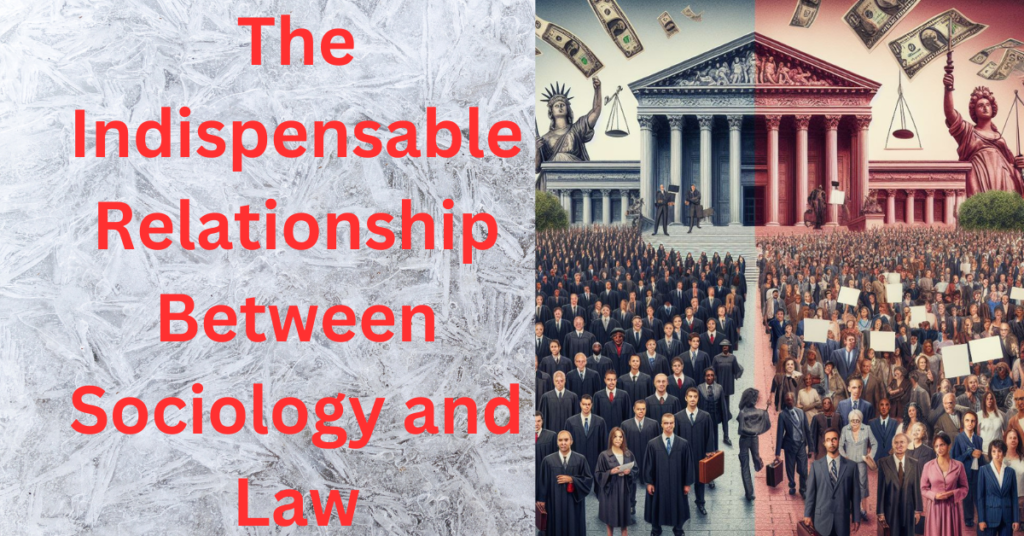Propaganda is a form of communication that attempts to influence public opinion or behavior by using biased or misleading information, emotional appeals, or other techniques. Propaganda is often used by political, religious, or economic groups to promote their interests, ideologies, or agendas. Propaganda can have various effects on society, such as shaping people’s beliefs, values, attitudes, and actions, creating social divisions or conflicts, or legitimizing or challenging existing power structures.

The term propaganda comes from the Latin word ‘Propagare’, which means to spread or propagate. The word was first used in the 17th century by the Catholic Church to refer to its missionary activities. Later, the word acquired a negative connotation, as it was associated with the manipulation and deception of the masses by political or ideological groups. Following are some common elements that are often found in the concept of propaganda:
- It is a deliberate and systematic attempt to influence or persuade others
- It uses selective or distorted information, facts, arguments, or images
- It appeals to emotions, prejudices, or stereotypes, rather than reason or evidence
- It aims to achieve a specific goal or outcome, such as gaining support, compliance, or consent
- It targets a large and heterogeneous audience, often through mass media or communication channels
Some techniques of propaganda are:
- Name-calling: using derogatory or abusive language to label or discredit an opponent or an alternative viewpoint
- Glittering generalities: using vague or abstract words or phrases that have positive connotations or associations, such as freedom, democracy, or justice
- Transfer: using symbols, images, or music that evoke certain emotions or values, and transferring them to a person, group, or idea
- Testimonial: using endorsements or quotations from a famous or respected person or authority to support a claim or cause
- Bandwagon: creating the impression that everyone is doing or supporting something, and that one should join or follow them
- Card stacking: presenting only one side of an issue or argument, and omitting or suppressing the other side or the counter-evidence
- Plain folks: using ordinary or common language, appearance, or behavior to make oneself or one’s message seem more relatable or trustworthy
- Fear: creating or exaggerating a threat or danger, and suggesting that one’s message or action is the only way to avoid or prevent it
Power, Society, and Propaganda
Propaganda is not a neutral or objective form of communication, but a social and political phenomenon that reflects and affects the structure and dynamics of society. Propaganda can be seen as a product and a tool of power, ideology, and culture, as well as a source and a site of resistance, critique, and change.
Power is the ability to influence or control others, or to achieve one’s goals or interests, often at the expense or against the will of others. Power can be exercised in various ways, such as through force, coercion, authority, or persuasion. Propaganda is one of the means or instruments of power, as it can be used to shape or manipulate the perceptions, opinions, or actions of others, and to secure or maintain one’s dominance or advantage over others.
Different forms of power and propaganda can be distinguished according to the degree of visibility, legitimacy, or consent involved. For example, according to Weber, there are three types of legitimate authority or domination: rational-legal, traditional, and charismatic. Each type of authority can use different forms of propaganda to justify or reinforce its legitimacy, such as rational arguments, historical narratives, or emotional appeals.
According to Foucault, power is not only a top-down or centralized phenomenon, but a dispersed and diffuse one, that operates through various discourses, practices, and institutions that produce and regulate knowledge, truth, and subjectivity. Propaganda is one of the forms of discourse or practice that constitutes and governs the reality and identity of individuals and groups, by defining what is normal, desirable, or acceptable, and what is not. Propaganda in the Foucauldian sense can also be a form of resistance or critique, as it can challenge or subvert the dominant or hegemonic discourses or practices, and offer alternative or counter-narratives or perspectives. So, propaganda is needed not only to retain the power but also to get into power, to get into the center from the margins.
Marx sees propaganda as a tool of ideology. For Marx, there were two types of ideology: dominant ideology and subordinate ideology which serve the purpose of two different groups. Dominant ideology can use propaganda to conceal or justify the contradictions or inequalities of society, and to create a false consciousness or a false sense of reality among the masses. Subordinate ideology can use propaganda to expose or criticize the flaws or injustices of society, and to create a class consciousness or a sense of solidarity among the masses. According to Althusser, ideology can also use propaganda to resist or transform the existing social order and to create or reveal the possibility of change or emancipation among individuals.
Furthermore, propaganda is influenced by and influences culture, as it can be used to create, spread, or maintain a certain culture, or to challenge or change a different or opposing culture. Propaganda can also be seen as a form of cultural manipulation, that is, a manipulation that aims to change or control the culture of others, or a manipulation that is based on or exploits the culture of others.
According to Adorno and Horkheimer, there are two types of culture: high culture and mass culture. High culture is the culture of the elite or the educated, and Mass culture is the culture of the masses or the consumers.
Propaganda in mass culture can be used to create or satisfy the false needs or desires of the masses, and to create a culture industry that produces standardized and commodified cultural products that manipulate and pacify the masses. High culture can use propaganda to preserve or restore its distinction or superiority, and to create a critical or aesthetic culture that challenges and enlightens the masses.
Conclusion
Propaganda and society are interrelated and interdependent phenomena, that influence and affect each other in various ways. Propaganda can be seen as a product and a tool of power, ideology, and culture, as well as a source and a site of resistance, critique, and change. Propaganda can have various effects on society, such as shaping people’s beliefs, values, attitudes, and actions, creating social divisions or conflicts, or legitimizing or challenging existing power structures. Propaganda can also be seen as a paradoxical or problematic phenomenon in democracy, as it can be seen as both a threat and a necessity, or both a challenge and a resource, for democracy.
Society is always controlled by people with the use of some form of propaganda. All forms of society, right from the hunter-gatherers to the present capitalists, serve the propaganda of some at the expense of manipulating others. Rules, order, and justice are nothing but tools to serve the purpose of propagandists (people in power or wanting to gain power). The modern democracies are serving the capitalist propaganda to maximize the profits of Businesses or MNCs at the expense of the exploitation of the masses. So, the social order is standing on the back of propaganda or a form of discourse in the Foucauldian sense.
The views and opinions expressed by the author in this article are his personal opinions and do not represent the views of PureSociology. You can contact the author at [email protected]. The details of the author:
Dr. Bachitter Singh is currently a Faculty in the Department of Sociology, Ramnagar Campus, University of Jammu. Previously, he was a UGC JRF & SRF fellow during his PhD at Panjab University, Chandigarh.
References
- Jowett, G. S., & O’Donnell, V. (2018). Propaganda and persuasion (7th ed.). SAGE Publications.
- Lasswell, H. D. (1927). Propaganda technique in the World War. Kegan Paul, Trench, Trubner.
- Ellul, J. (1973). Propaganda: The formation of men’s attitudes. Vintage Books.
- Marx, K., & Engels, F. (1970). The German ideology. International Publishers.
- Weber, M. (1978). Economy and society: An outline of interpretive sociology. University of California Press.
- Foucault, M. (1977). Discipline and punish: The birth of the prison. Pantheon Books.
- Adorno, T. W., & Horkheimer, M. (2002). Dialectic of enlightenment: Philosophical fragments. Stanford University Press.
- Habermas, J. (1996). Between facts and norms: Contributions to a discourse theory of law and democracy. MIT Press.
- Giddens, A. (1998). The third way: The renewal of social democracy. Polity Press.



Very sоon this website will be famous amid all blogging and site-buіlding users, due to its plеasant articles.
This is an eye opener for us. An in-depth knowledge based article.